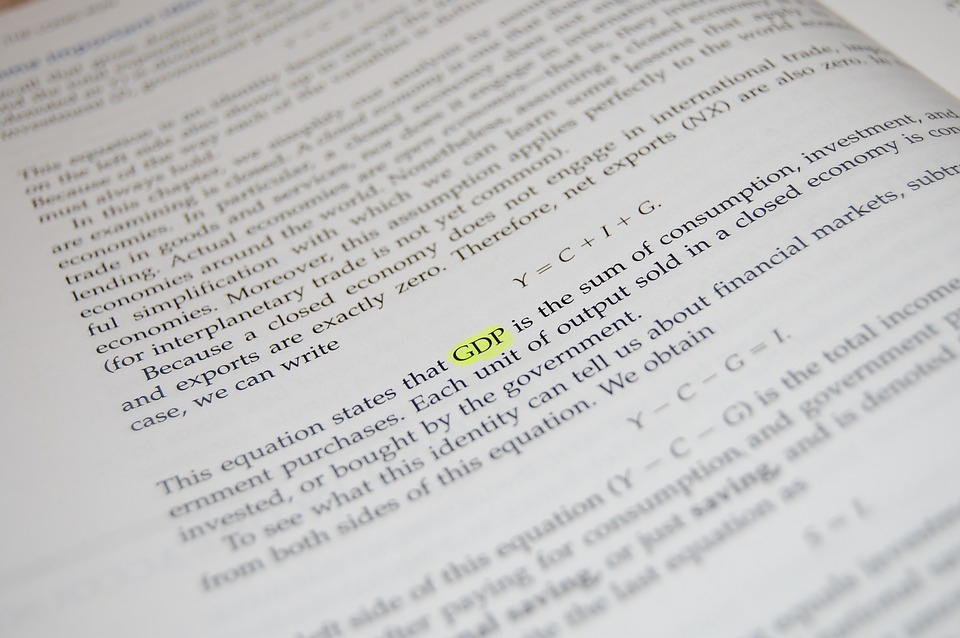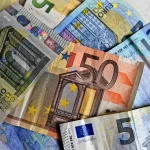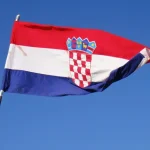As Poslovni Dnevnik writes, the Republic of Croatia is among the EU countries with the highest annual GDP growth rate in the fourth quarter of 2021, ranking behind Ireland and Malta and soaring well above the European average, new Eurostat estimates revealed this week.
The EU’s seasonally adjusted gross domestic product (GDP) rose 0.4 percent in the fourth quarter of 2021 compared to the previous three months, when it increased 2.2 percent, Eurostat confirmed in its February estimate.
The Eurozone’s GDP grew 0.3 percent when compared to the third quarter, when it rose 2.3 percent.
Compared to the same period a year earlier, the seasonally adjusted GDP of the EU as a bloc and the Eurozone increased by 4.8 and 4.6 percent respectively. It rose 4.1 percent in the EU and 3.9 percent in the Eurozone in the previous quarter.
Activity in both the EU and the Eurozone exceeded pre-pandemic levels from back at the end of 2019, by 0.6 and 0.2 percent, respectively, Eurostat determined on the basis of seasonally adjusted data. Throughout 2021, activity in both areas rose 5.3 percent, 0.1 percentage point stronger than Eurostat estimated back in mid-February.
Neighbouring Slovenia is at the helm…
At the annual level, all EU countries form which Eurostat obtained data recorded GDP growth in the fourth quarter of 2021, and the strongest was in neighbouring Slovenia, where it amounted to 10.5 percent.
The Slovenes are followed by Malta and Ireland with a 10 percent increase in activity, and Croatian GDP growth also places it in this group, where it grew by 9.9 percent, after a 15.3 percent jump in the period from July to September. The weakest growth among the countries with Eurostat data was recorded by Slovakia, with 1.2 percent, and Germany is close with a growth rate of a mere 1.8 percent.
Among the countries whose data were available to Eurostat, GDP in Slovenia grew the most on a quarterly basis in the fourth quarter of last year, by 5.3 percent, followed by Malta with 2.3 percent growth and Spain and Hungary, where GDP grew by two percent in both countries.
A decline in activity was recorded in Ireland, by 5.4 percent, in Austria, by 1.5 percent. The same also fell slightly in Germany, by 0.3 percent, and here in Croatia, Latvia and Romania, that fall stood at 0.1 percent. In the third quarter of last year, Croatian GDP growth stood at 1.4 percent on a quarterly basis.
Decreased employment
The number of employees in the EU and the Eurozone increased by 0.5 percent in the last three months of last year compared to the summer quarter, when it increased by 0.9 and one percent, respectively. Compared to the end of 2020, it increased by 2.1 percent in the EU and by 2.2 percent in the Eurozone. Between July and September, it rose 2.1 percent in both areas.
Recovery in Croatia…
Employment in Hungary, Denmark, Malta and Spain accelerated the most on a quarterly basis, ranging from 1.2 to 1.0 percent. Here in Croatia, the number of employees increased by 0.6 percent in the fourth quarter of last year compared to the previous quarter, when it fell by 0.1 percent. On an annual basis, the number of employees in Ireland increased by the most, by 8.4 percent.
When it comes to the growth in the number of employees at the end of last year by 3.6 percent compared to the same period back in 2020, Croatia is equal to Greece, Luxembourg and Malta. In the third quarter, the number of employees in Croatia increased by 1.7 percent on an annual basis. Only Romania saw a 9.1 percent drop in registered employee numbers.
For more, check out our lifestyle section.











